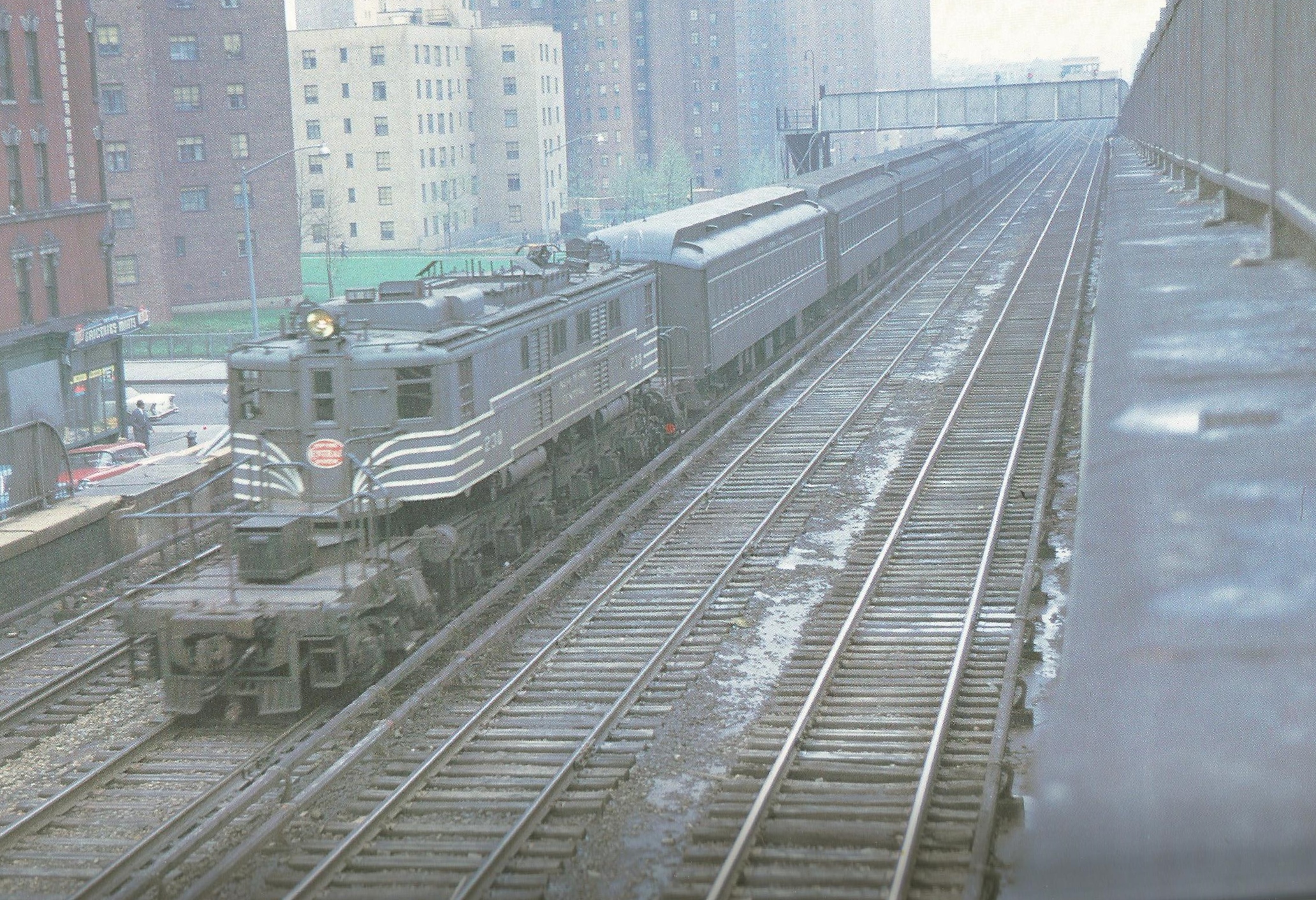As you have read in the previous post's, some of that route is now abandoned, although there are several alternate routes available. Probably the closest thing to the old BL, will be if and when they run thru cars from the Pennsylvanian to the Capitol at Pittsburgh. If that does happen, I believe the Pennsylvanian will become the primary train, and the Capitol the 'connection'.
Of course, that will be impacted by the State funding the Pennsylvanian, so not sure...best case scenario, would be if the ran another state funded Pittsburgh-Philly(New York) train.
BTW, GG-1's never ran on the route thru Croton-Harmon. They changed with diesel's at Harrisburg. The Lake Shore ran thru Croton-Harmon, and they switched at Albany-Rensselaer from diesel to dual mode FL-9's for the trip into Grand Central Terminal. In the New York Central era, they changed to electric locomotives at Croton-Harmon.











